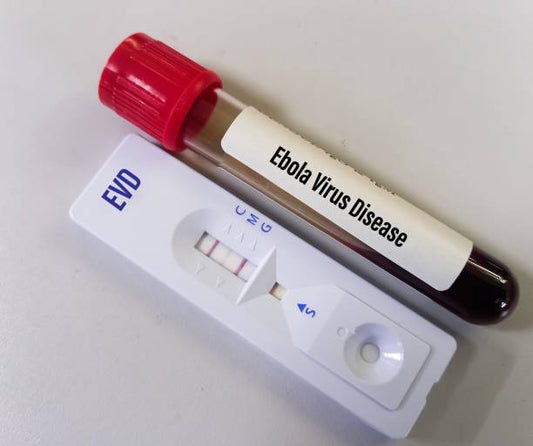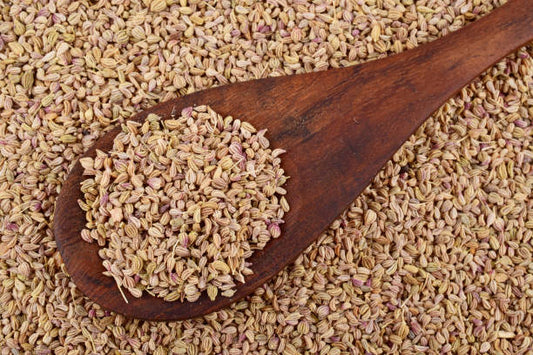Rabies is a viral disease that affects the central nervous system, causing severe neurological symptoms and, if untreated, almost invariably leads to death. It is transmitted through the saliva of infected animals, primarily through bites. Understanding rabies, its transmission, symptoms, treatment, and prevention, is crucial for public health.

What is Rabies?
Rabies is caused by the rabies virus, a member of the Lyssavirus genus. It affects all warm-blooded animals, including humans. Once symptoms appear, rabies is nearly always fatal. However, it is preventable through prompt and appropriate medical care.
Transmission

The primary mode of rabies transmission is through the bite of an infected animal. Less commonly, it can be transmitted through scratches, open wounds, or mucous membranes exposed to the saliva or neural tissue of an infected animal. Common carriers of the virus include:

- Dogs
- Bats
- Raccoons
- Skunks
- Foxes
In some regions, dogs are the primary source of human rabies deaths, while in others, wildlife plays a more significant role.
Symptoms
Rabies symptoms usually appear within 1 to 3 months after exposure but can range from days to years. The disease progresses through several stages:
-
Prodromal Phase: Initial symptoms are nonspecific and flu-like, including fever, headache, and general weakness or discomfort. This phase lasts for 2 to 10 days.
-
Acute Neurological Phase: As the virus progresses, neurological symptoms develop, including anxiety, confusion, agitation, hallucinations, hydrophobia (fear of water), and aerophobia (fear of drafts or fresh air). This phase can last from 2 to 7 days.
-
Coma and Death: Without intervention, the disease progresses to paralysis, coma, and death, typically due to respiratory failure.
Diagnosis
Diagnosing rabies in humans before the onset of clinical symptoms is challenging. Once symptoms appear, diagnostic tests include:
- Direct Fluorescent Antibody (DFA) Test: Used on skin biopsies or postmortem brain tissue.
- Polymerase Chain Reaction (PCR): Used on saliva, serum, spinal fluid, and skin biopsies.
- Serological Tests: Detect antibodies in the blood or cerebrospinal fluid.
Treatment
Once clinical symptoms of rabies appear, no effective treatment exists, and the disease is almost always fatal. Therefore, prevention through immediate medical care following exposure is critical. Post-exposure prophylaxis (PEP) involves:

- Wound Cleaning: Immediate and thorough washing of the wound with soap and water.
- Rabies Immune Globulin (RIG): Administered to provide immediate antibodies against the virus.
- Rabies Vaccine: A series of injections given over 14 days to stimulate the immune system to fight the virus.
Prevention
Preventing rabies focuses on reducing exposure to the virus and includes:
- Vaccinating Pets: Regular vaccination of dogs, cats, and ferrets.
- Avoiding Wildlife: Keeping a safe distance from wild animals and not handling unfamiliar animals.
- Travel Precautions: Vaccination for people traveling to areas with high rabies risk.
- Public Education: Raising awareness about rabies transmission, symptoms, and prevention.
Conclusion
Rabies remains a significant public health concern worldwide, particularly in regions where dog vaccination programs are not widespread. However, with prompt medical attention and preventive measures, rabies can be effectively controlled and prevented. Awareness and education are key to reducing the incidence of this deadly but preventable disease.











